A traffic management plan gives you a clear strategy for controlling vehicle and pedestrian movement in busy areas in Malaysia. You use it to reduce risks, support smooth operations, and meet legal requirements. When you apply a digital solution like FineReport, you streamline documentation, monitor real-time data, and keep your workplace in Malaysia safe and compliant.
A traffic management plan is a structured document that outlines how you control the movement of vehicles and pedestrians in a specific area. You use this plan to ensure safety, maintain order, and minimize risks during activities such as construction, events, or daily operations. A modern traffic management plan includes detailed project information, traffic control measures, and clear communication protocols.

You will often see these plans include:
Note: Many organizations now use digital platforms to manage their traffic management plans. These platforms allow you to update plans instantly, monitor traffic conditions, and share information with your team in real time.
You can see practical examples in cities in Malaysia that use speed trackers, transit cameras, and adaptive signal controllers. These tools help you monitor traffic, predict congestion, and adjust signals to keep traffic flowing smoothly. In Phoenix, for example, the introduction of an AI-coordinated traffic light system led to a 40% reduction in vehicle delay time. This result shows how a well-designed traffic management plan, supported by technology, can deliver measurable improvements in Malaysia.
The core purpose of a traffic management plan is to protect people and property while keeping traffic moving efficiently. You create these plans to reduce the risk of accidents, ensure compliance with regulations, and support smooth operations in Malaysia. When you implement a traffic management strategy, you address several key goals:
Digital tools play a vital role in achieving these goals in Malaysia. By integrating sensors, cameras, and analytics software, you gain real-time insights into traffic flow and safety risks. These systems help you make data-driven decisions, optimize signal timing, and respond quickly to incidents. The intelligent traffic management system market now approaches $20 billion, reflecting the widespread adoption of these solutions in Malaysia.
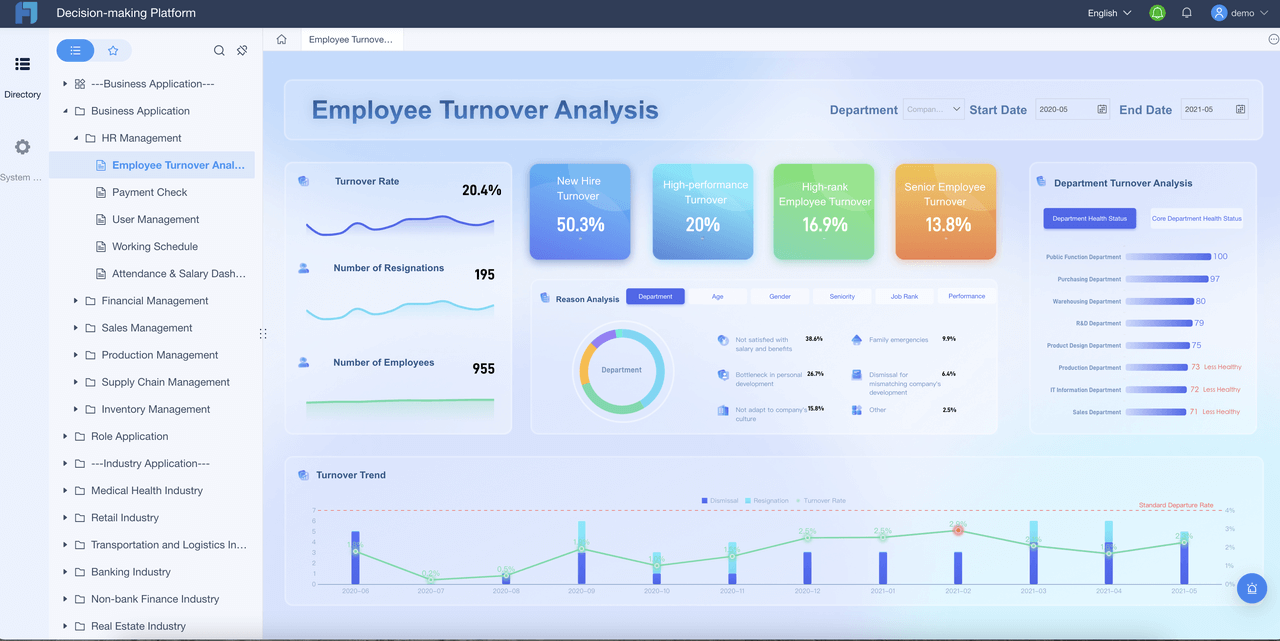
Statistical analysis also supports your planning. You can use measures like mean, median, and standard deviation to understand traffic patterns in Malaysia. Probability models, such as the Poisson distribution, help you predict rare events and manage queues. These methods enable you to refine your traffic management plans continuously.
| Aspect | Description |
|---|---|
| Data Sources | Probe vehicles and sensor data providing speed, occupancy, and traffic flow information |
| Evaluation Focus | Performance measures at signalized intersections and arterials |
| Benefits | Enables prioritized signal retiming decisions, improves safety and efficiency |
| Methodological Advances | Continuous improvement via standardized evaluation methods and sensor-controller integration |
| Numerical Evidence | Quantitative performance measures derived from sensor and probe data to guide traffic signal optimization |
A well-crafted traffic management plan gives you a clear framework for action. You can adapt quickly to changing conditions, reduce congestion, and improve safety for everyone on site or on the road.
You play a crucial role in protecting lives and property when you implement a traffic management plan. This plan helps you meet health and safety regulations and reduces the risk of accidents. International standards, such as ISO 39001, guide you to systematically manage road safety and monitor compliance. Studies and audits show that organizations using structured management systems see measurable improvements in safety performance in Malaysia.
In industrial settings in Malaysia, you see real results. Installing mirrors at intersections can reduce collisions by 30%. Colored lighting in forklift pathways increases pedestrian safety and awareness. Motion sensors with flashing lights at crossings lower accident risks. Workplaces with a traffic management plan report fewer forklift-related incidents. Advanced technologies, such as AI safety systems and laser collision prevention, further reduce accidents by monitoring and responding to hazards in real time in Malaysia.
Note: OSHA reports about 85 deaths and nearly 35,000 serious injuries each year from forklift accidents. A strong traffic management strategy helps you lower these numbers and create a safer environment.
You want to keep operations running smoothly and avoid unnecessary delays in Malaysia. An efficient traffic management plan minimizes disruption by optimizing vehicle flow, reducing congestion, and improving compliance. The following table highlights measurable impacts:
| Metric | Measurable Impact / Reduction | Example / Context |
|---|---|---|
| Travel time reduction | Up to 25% decrease | Urban areas with AI-driven adaptive signals |
| Waiting time at intersections | 30–40% reduction | AI-driven traffic lights adjusting in real-time |
| Fuel consumption | 10–15% drop | Smart systems reducing stop-and-go driving |
| CO₂ emissions | 15–20% reduction | Real-time management avoiding gridlock |
| Traffic flow smoothness | Up to 40% improvement | Smart corridors with IoT sensors and AI control |
| Traffic law compliance | 40% increase | Automated enforcement with AI cameras |
| Road capacity utilization | 20% increase | AI-enabled vehicle flow optimization |
| Prediction of traffic jams | Up to 30 minutes in advance | Predictive analytics forecasting congestion |
In Munich, a pilot project rerouted drivers using real-time air quality data, helping 1,600 drivers avoid 633 kilometers of unnecessary travel in just four weeks. This reduced emissions and improved traffic flow, showing how digital solutions can minimize disruption and environmental impact.
You need to ensure that your workplace traffic management supports both safety and operational efficiency in Malaysia. A well-designed plan helps you balance workforce needs, technology, and compliance. For example, rail infrastructure managers use strategic planning models to forecast workforce demand and align staffing with operational needs in Malaysia.
This approach allows you to maintain safe, efficient operations while adapting to change. By focusing on both pedestrian safety and vehicle movement in Malaysia, you create a workplace where everyone can work confidently and productively.
A strong traffic management layout gives you a clear structure for keeping people safe and operations efficient. You need to focus on four main components to build an effective plan in Malaysia.
You use control measures to reduce traffic risks and keep vehicles and pedestrians safe in Malaysia. These include barriers, speed limits, one-way systems, and restricted access for certain vehicles. Statistical case studies show that analyzing traffic data—like speed, volume, and delays—helps you choose the right traffic control measure. For example, in Dharwad city, experts used data to justify one-way streets and new signal designs, which improved safety and reduced congestion. With FineReport, you can track these measures in real time. Dashboards let you monitor compliance and spot issues quickly, while data entry forms make it easy to update records after inspections or incidents.
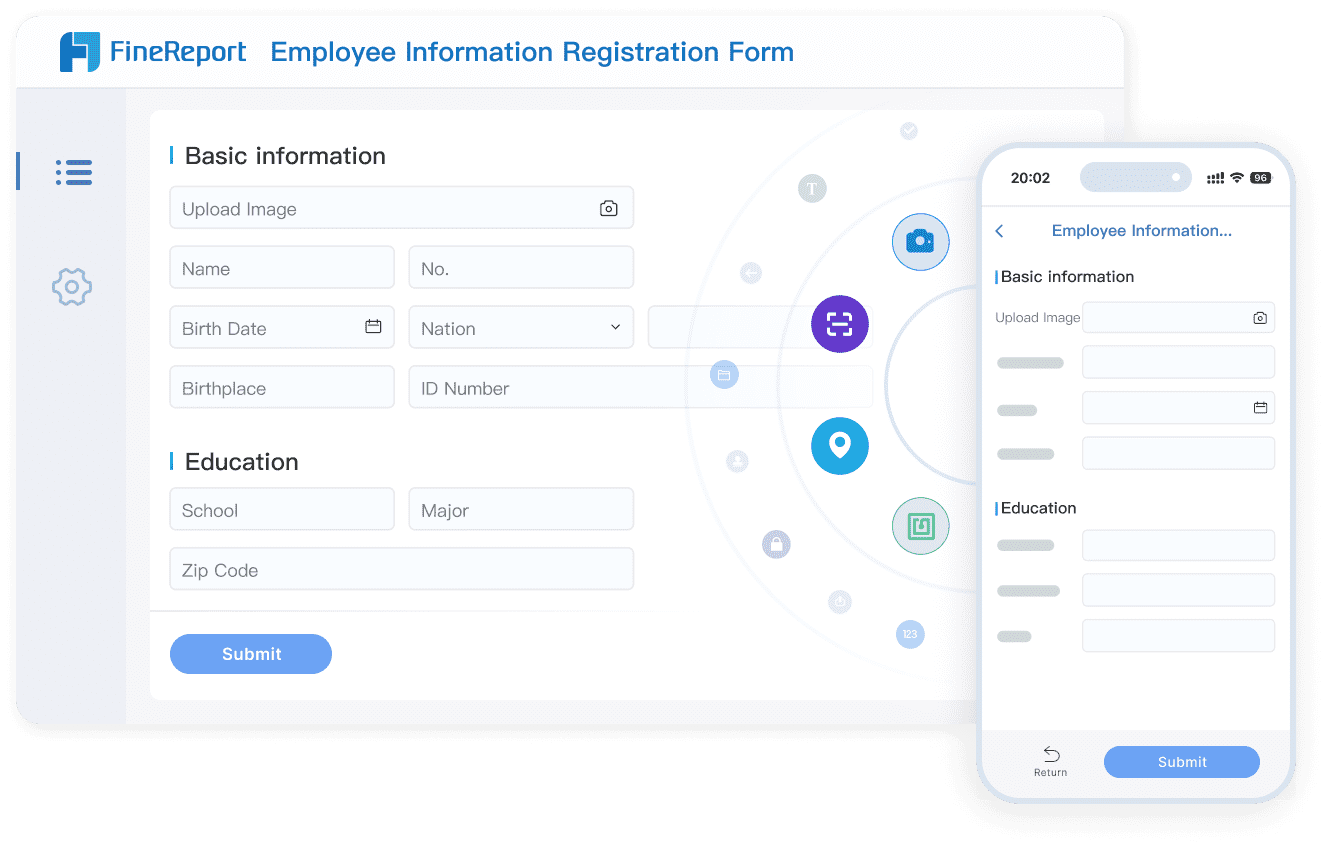
Clear signage and strong communication are essential for any traffic management layout in Malaysia. You need signs that guide drivers and pedestrians, plus alerts for hazards or changes. Studies show that retiming signals can cut travel times by over 40% before big events. However, just adding variable message signs may not change driver behavior unless you combine them with other strategies. FineReport helps you centralize all signage data and communication logs. You can use mobile dashboards to share updates instantly with your team, making sure everyone stays informed.
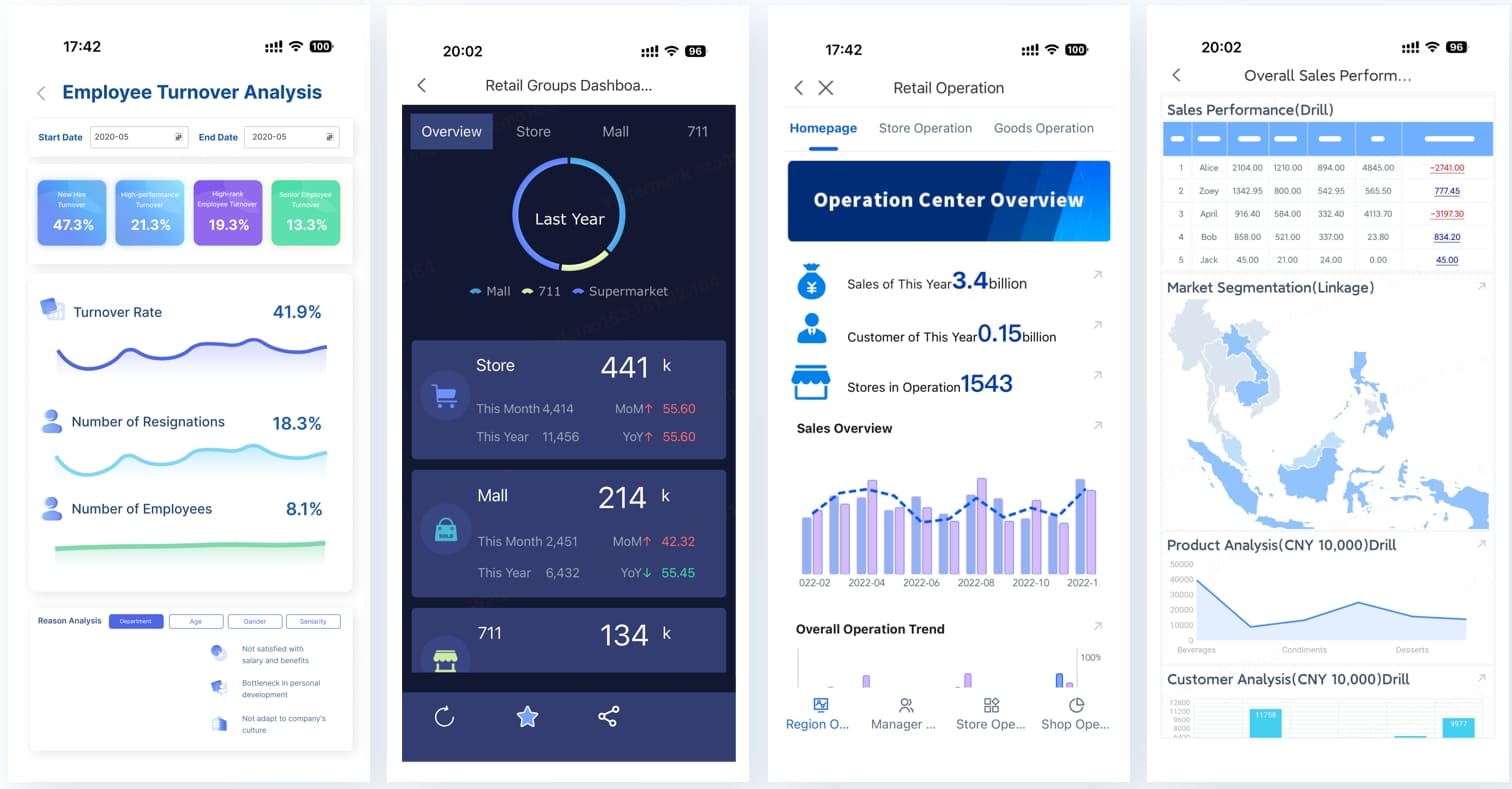
You must assess traffic risks before you finalize your plan. This means identifying hazards, evaluating their impact, and deciding how to control them. FineReport’s data entry forms let you record risk assessments on site, while dashboards help you visualize trends and spot high-risk areas in Malaysia. By using real-time data, you can adjust your plan as conditions change and keep your workplace safer.
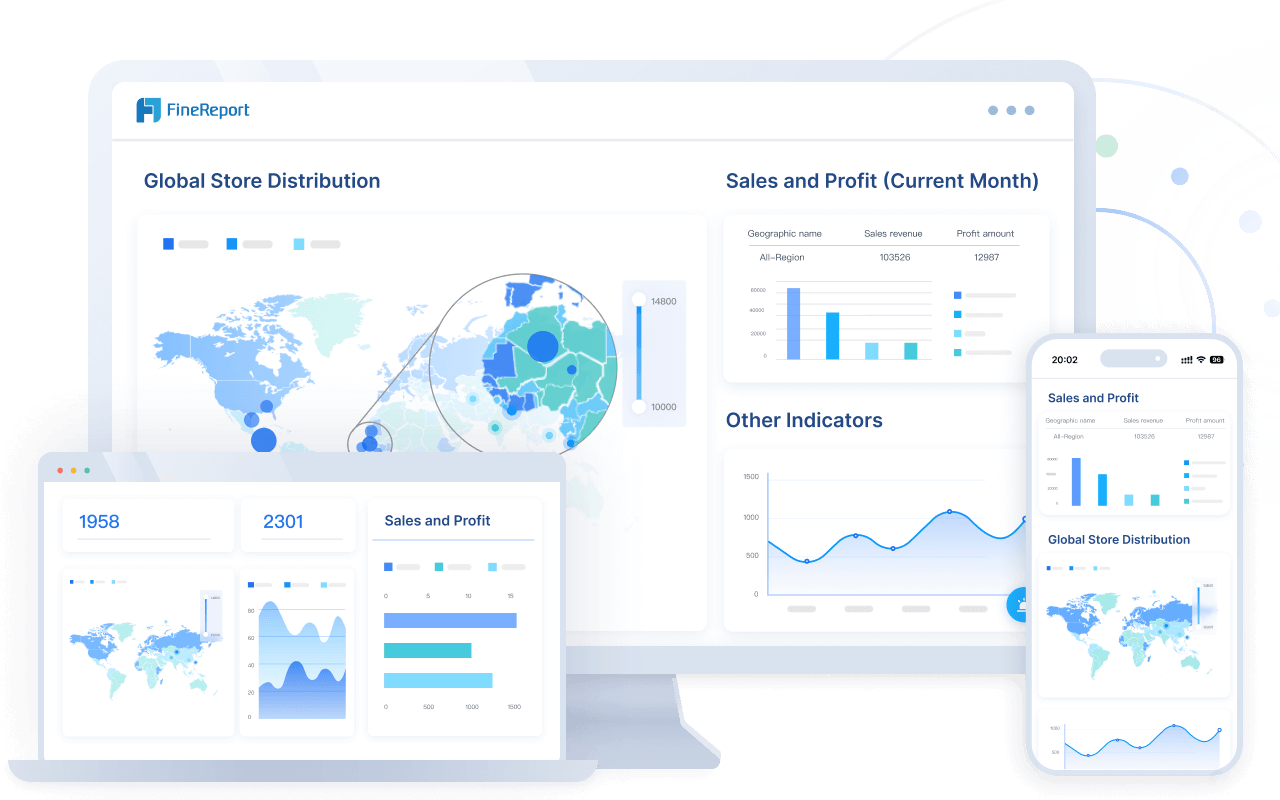
Emergency access is a critical part of your traffic management system. You need to ensure that emergency vehicles can reach any location quickly, even during a crisis. Smart traffic management systems now use IoT technology to adjust signals and clear routes for responders. Studies confirm that these systems reduce travel times and improve safety for everyone. FineReport supports this by letting you map emergency routes, track accessibility, and review response times—all from a single platform.
Tip: Centralizing your documentation and monitoring with FineReport makes it easier to stay compliant, respond to incidents, and keep your team safe.
You need a traffic management plan whenever construction or public events change normal traffic patterns. Construction sites often bring heavy vehicles, equipment, and workers into areas where people and cars usually move freely. Without a clear plan, you risk confusion, delays, and serious accidents in Malaysia. Health and Safety Executive (HSE) statistics show that each year about 7 workers die and 93 suffer serious injuries from vehicle or mobile plant accidents on construction sites. These numbers highlight why you must use a temporary traffic management plan to protect everyone on site and nearby roads in Malaysia.
During large events, you face similar challenges. Crowds, delivery trucks, and emergency vehicles all compete for space. You may need temporary closures of streets or sidewalks to keep people safe and maintain order. By planning ahead, you can reroute vehicles, set up clear signs, and communicate changes to the public. This approach helps you avoid chaos and keeps your project or event running smoothly.
Tip: Always review your plan before work starts or an event begins. Update it if conditions change or if you spot new risks.
You should also use a traffic management plan in high-risk areas, such as busy intersections, school zones, or places with a history of crashes. Research from Norway shows that applying a comprehensive road safety strategy leads to fewer serious injuries. Statistical models confirm that these plans make a real difference in protecting road users. In Abu Dhabi, analysts used advanced mapping and crash data to find accident hotspots near business districts. By targeting these locations with focused traffic management, you can reduce accidents and improve safety for everyone.
A well-designed plan lets you identify hazards, set up controls, and monitor results. You gain the tools to respond quickly if problems arise, keeping both drivers and pedestrians safe.
You start by assessing your site and identifying all potential risks. Use a structured approach to gather data, analyze hazards, and prioritize actions. The Analytic Hierarchy Process (AHP) helps you evaluate multiple criteria, such as safety, cost, and efficiency. Scenario-based analysis lets you compare different strategies and choose the best option for your needs. Cost-benefit analysis and multi-criteria decision frameworks support your decisions, ensuring you select the most suitable traffic management system for your project.
Tip: FineReport enables you to centralize data collection and risk assessments. You can use dashboards to visualize hazards and track planning progress, making your traffic management plan more robust.
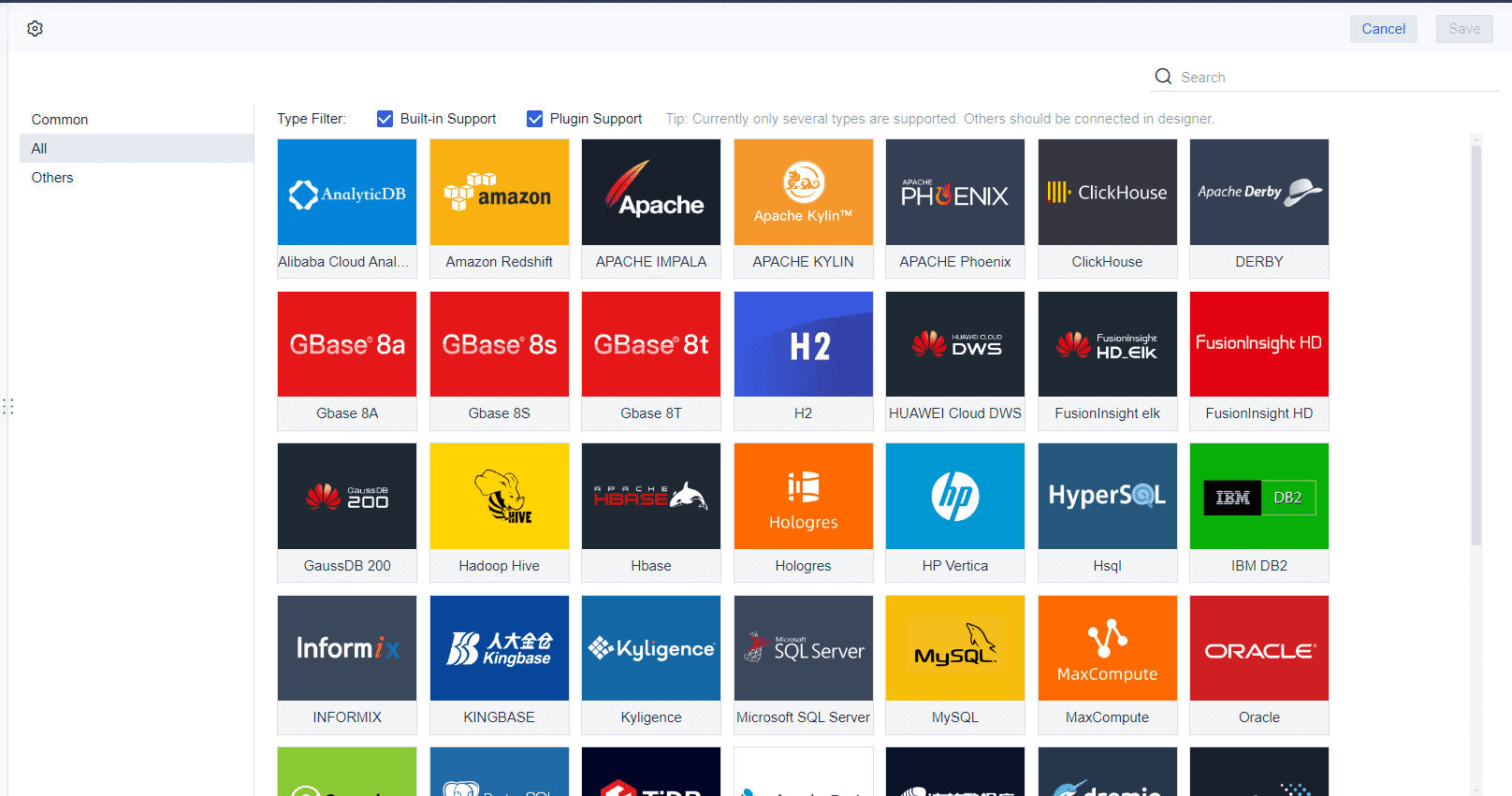
When implementing a tmp, you need clear steps and strong communication. Successful projects often involve staff from different departments and keep everyone informed. For example, agencies in Florida and Minnesota improved project adoption by providing guides, regular updates, and engineering support. You can use FineReport to automate documentation, assign tasks, and monitor progress in real time. This approach streamlines implementing a tmp and ensures everyone follows the traffic management layout.
Continuous monitoring is essential for effective traffic management. Track key performance indicators like congestion, crash rates, and response times. Conduct root cause analyses after incidents and gather feedback from your team. Use data analytics to spot trends and refine your plan. Advanced monitoring tools, such as IoT sensors and machine learning models, can predict congestion and detect hazards with high accuracy. FineReport supports workplace traffic management by providing real-time dashboards and automated reports, helping you maintain compliance with health and safety standards.
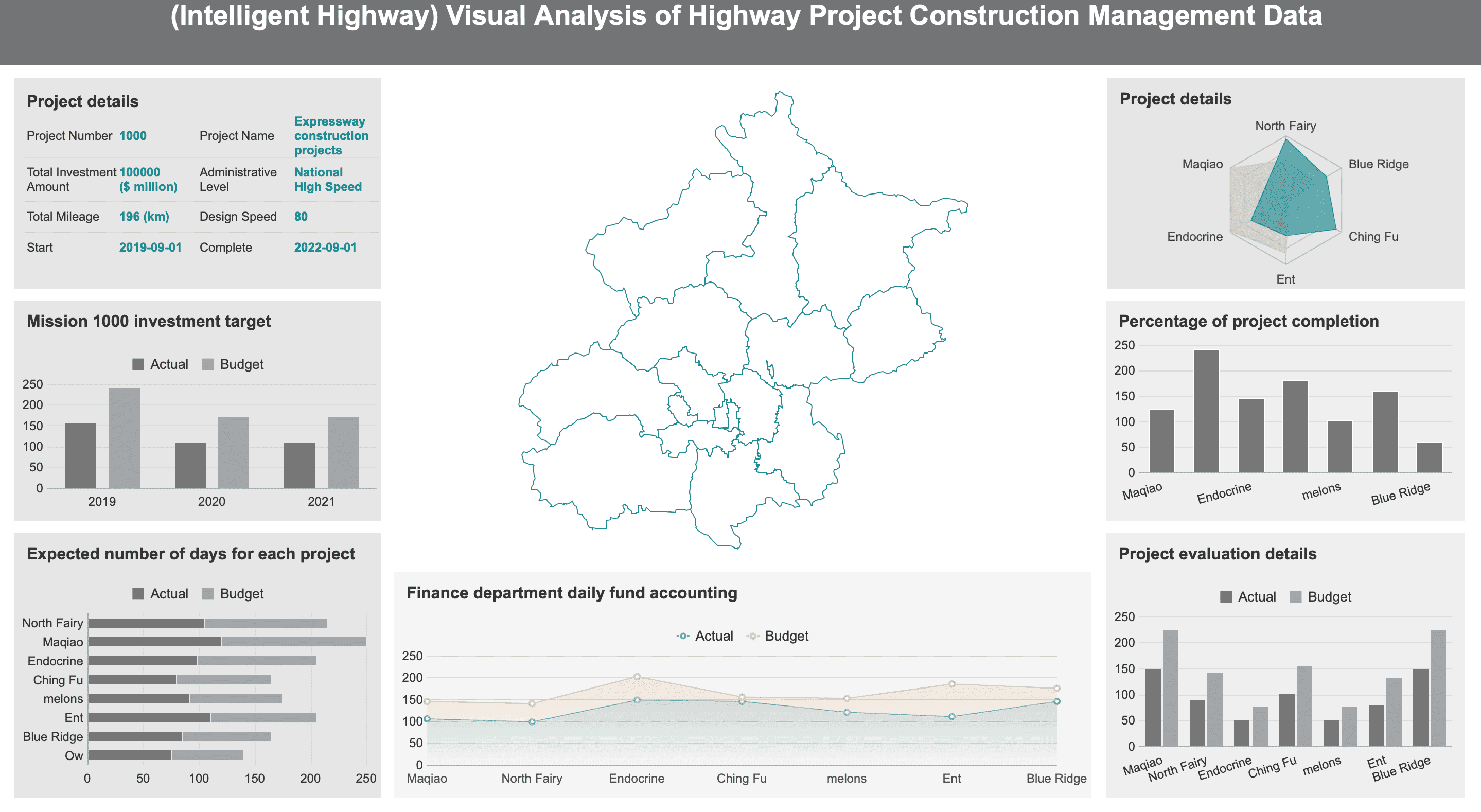
FineReport offers templates for intelligent highway management. You can integrate data from sensors, cameras, and traffic signals to monitor flow and detect issues instantly. These templates help you simulate scenarios, evaluate strategies, and optimize your traffic management plan. For example, lane addition strategies have reduced peak-hour delays by over 11% in real-world projects.
Volume analysis templates in FineReport let you track vehicle counts, analyze peak times, and identify congestion points. You can calibrate models using observed data, improving accuracy by up to 40%. These insights support the impact of effective traffic management planning and help you adapt quickly to changing conditions.
Note: FineReport’s data integration and real-time dashboards enhance every stage of your traffic management plan, from assessment to review. You gain a clear view of your operations and can make informed decisions that improve safety and efficiency.
You create a safer environment when you use an effective traffic management plan. You separate vehicles and pedestrians, set clear routes, and install warning signs. In manufacturing, you can track incidents and near-misses with FineReport dashboards. This helps you spot patterns and take action before accidents happen. In EHS management, you monitor compliance with health and safety rules. You can see which areas need more attention and respond quickly to hazards. Real-time data entry forms let you update safety records on the spot. As a result, you reduce risks and protect everyone on site.
You keep traffic moving smoothly when you use a digital traffic management system. FineReport lets you analyze vehicle flow, peak times, and bottlenecks. You can adjust routes or schedules to avoid delays. In busy workplaces in Malaysia, this means fewer delivery holdups and less time wasted. You also lower emissions because vehicles spend less time idling. When you manage congestion, you improve road safety and help everyone reach their destination faster.
You make better choices when you rely on data. FineReport gives you access to real-time dashboards and detailed reports. You can use predictive analytics to spot congestion before it happens and reroute traffic. You identify accident-prone areas and target them for safety upgrades. You also track travel times, cost savings, and customer satisfaction. With these insights, you invest resources where they matter most. Here are some ways data analytics support your decisions:
You build a culture of continuous improvement when you use accurate and consistent data. FineReport helps you collect, visualize, and interpret this information, making your traffic management system smarter and more responsive.
A strong traffic management plan keeps your workplace safe, efficient, and compliant. You gain better control over risks and daily operations in Malaysia. By using digital tools like FineReport, you simplify planning, automate reporting, and track real-time data. This approach helps you make smarter decisions and respond quickly to changes.
Take the next step—adopt a systematic, data-driven strategy for your traffic management needs.
Click the banner below to try FineReport for free and empower your enterprise to transform data into productivity!

The Author
Lewis
Senior Data Analyst at FanRuan
Related Articles
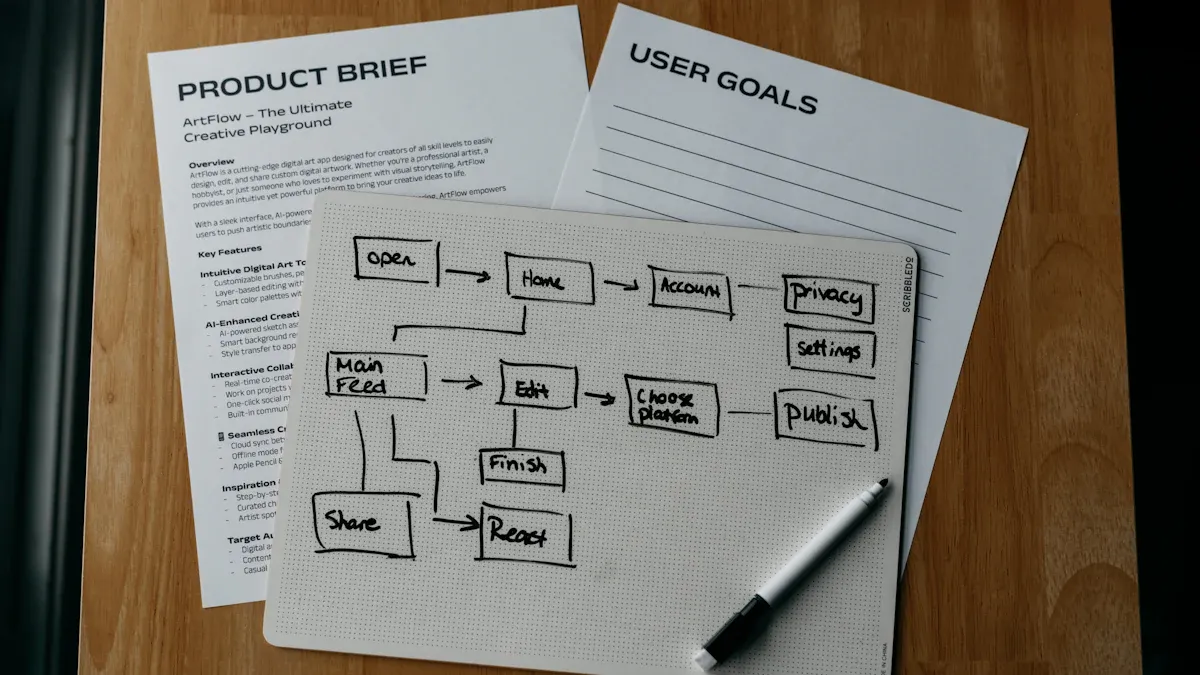
What is a data management platform in 2025
A data management platform in 2025 centralizes, organizes, and activates business data, enabling smarter decisions and real-time insights across industries.
Howard
Dec 22, 2025

Top 10 Database Management Tools for 2025
See the top 10 database management tools for 2025, comparing features, security, and scalability to help you choose the right solution for your business.
Howard
Dec 17, 2025
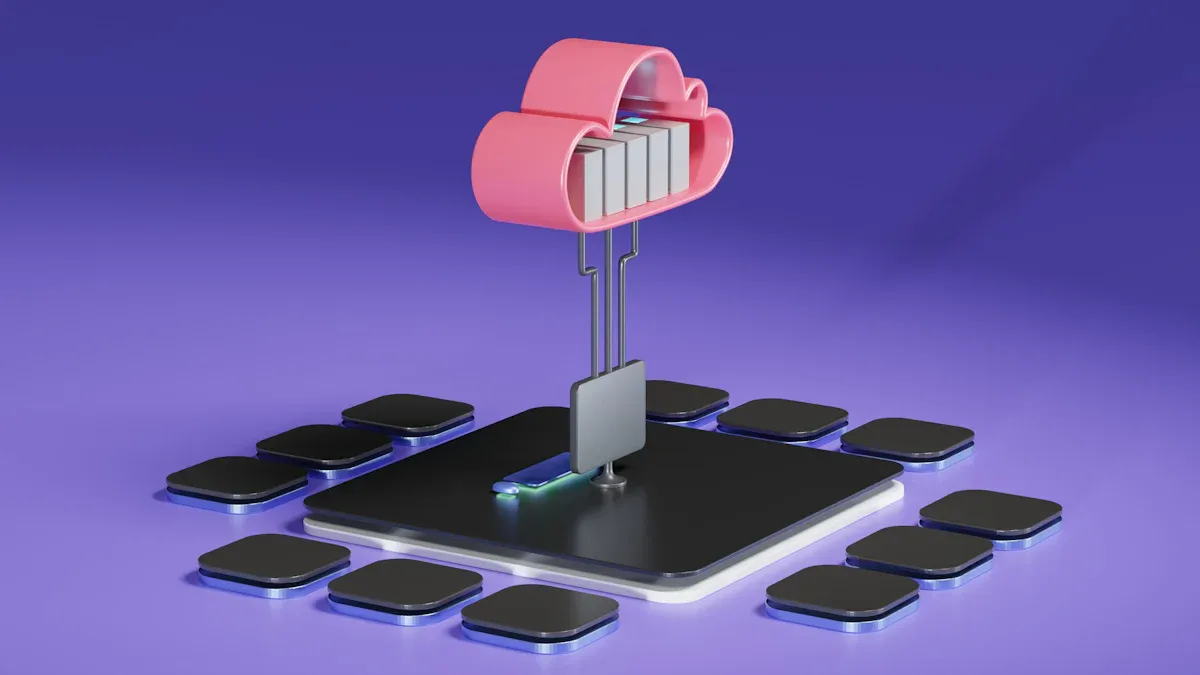
Best Data Lake Vendors For Enterprise Needs
Compare top data lake vendors for enterprise needs. See which platforms offer the best scalability, integration, and security for your business.
Howard
Dec 07, 2025